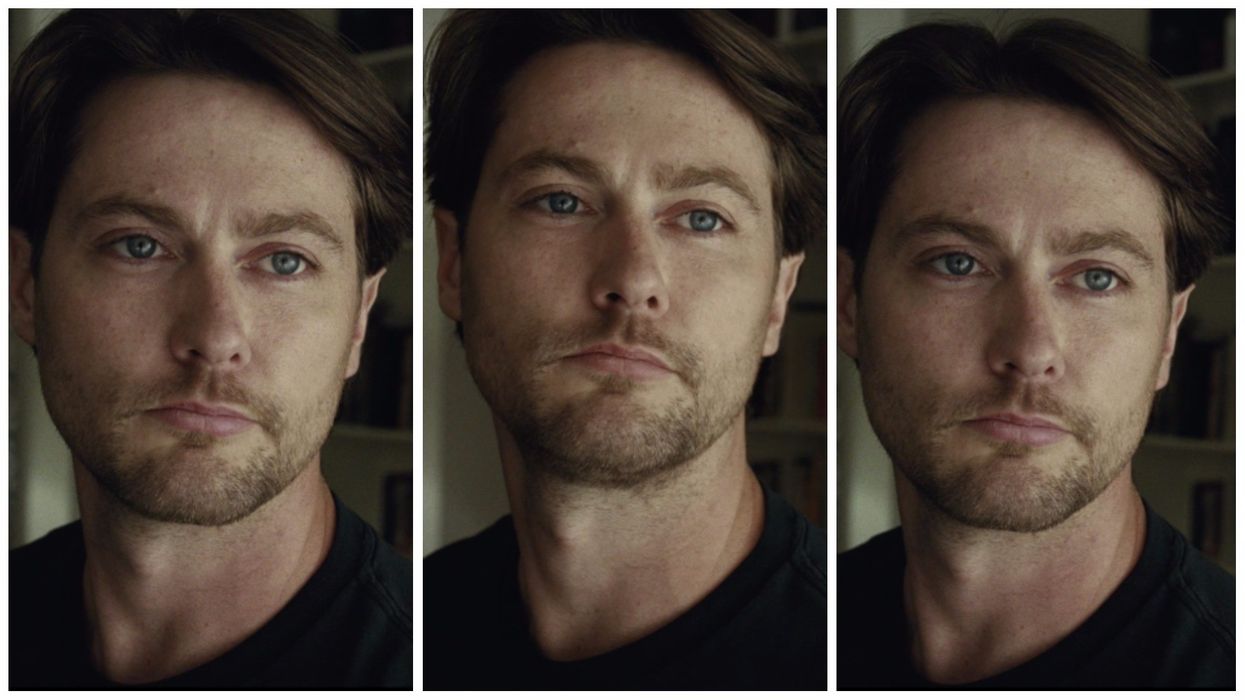DP Steve Yedlin Blows the Lid Off Camera Resolution Myths
Assume that more resolution equals better? DP Steve Yedlin argues that resolution isn't the most important factor in crafting images.

Steve Yedlin, ASC is the cinematographer behind some exceptional movies, from indie favoriteBrick all the way to the massive blockbuster San Andres. In between his day job as a top DP, he's been working on custom image processing tools to create the look he desires from any source so as to not be bound by the limits of other people's workflows. After all, to be a cinematographer is to be an inventor. In fact, back in the days of the F900, Yedlin was famous in color circles for the creation of Yedlog, a system for shooting Log on linear cameras years before techniques like CineStyle came out.
Many filmmakers believe that the best measure of perceptual image quality is to count the photosites on a camera's image sensor, but that is not substantiated by the evidence.
After last year's deep dive into Display Preparation, Yedlin has released another useful video series. This time, he's testing various resolution cameras against each other to see if resolution is all its cracked up to be. It's well worth digging into the full Resolution Tests on his website to get a sense of the sheer volume of testing he did and the results of those tests. The cameras Yedlin used are:
- Alexa 65 (6K)
- Alexa XT (3K)
- Sony F55 (4K)
- RED Weapon (6K)
- ARRI 435; 4-perf super-35mm film (Scanned at ~6K)
- MSM by IMAX; 15-perf 65mm film (Scanned at ~11K)
Unlikely many resolution tests, he doesn't always tell you which camera is which—and that is part of the goal: to move us past our preconceptions about which camera is going to look one way or another, and to just look at the images and judge for ourselves. He argues we need to get beyond simply counting Ks, and he makes a very convincing case.

While many resolution arguments circle around to purely technical information about debayer algorithms and actual resolution, Yedlin is focused purely on the audience perception. The biggest takeaway for filmmakers is that we have already likely passed the point where extra resolution is noticeable to an end user in most use cases. While going from standard definition to high definition was a huge leap in image quality, going from HD to UltraHD won't even be noticeable for most users. We watched the tests on a 20 foot UHD/4k screen, and he is correct that the resolution difference between HD and UltraHD is hardly the most distinct difference between capturing platforms. The goal of these tests it to have technical discussions in a fashion that is understandable by laypeople, and Yedlin does a great job of that.
Various marketing forces will be pushing you one way or another as you make decisions on capture and release formats for your projects, and it's up to you to find the best information possible to help you make capture choices. This demo is long, but should help you get a handle on where we are with resolution and, at least according to Yedlin, more isn't always better.
Watch Part 1 of Yedlin's Resolution Demo
Watch Part 2 of Yedlin's Resolution Demo
Note: Some updates were made to the original article per notes from Steve Yedlin in the comments.
Source: Yedlin.net











